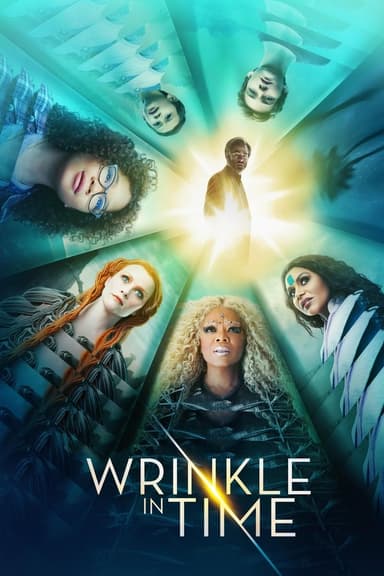
Alice in Wonderland
1986 •
One of the most well-known stories begins one golden summer afternoon. Alice is sitting on a riverbank with her sister when a fully-dressed, talking rabbit runs past her. She follows the rabbit down the hole and enters a nonsensical world where it seems the normal rules of logic do not apply. In Wonderland, Alice participates in a winner-less race, alternates between being tiny and giant, hears riddles at a "mad" tea party, plays croquet with live flamencos, and attends a trial where the Knave of Hearts is accused of stealing the Queen's tarts. Join Alice as she encounters the Hatter, the Cheshire Cat, and others as she makes her way through Wonderland.
Runtime: 2h
Why you should read the novels
Delving into the original Alice novels by Lewis Carroll offers a literary adventure that is both wonderfully imaginative and intellectually stimulating. The books are masterpieces of wordplay and fantastical storytelling, brimming with clever riddles, poems, and logic puzzles that transcend typical children’s fare.
Reading Carroll’s work immerses you in the authentic Wonderland, a place where impossibility and wit meet in ways that no screen adaptation can fully capture. You’ll encounter Alice’s internal thoughts, the original whimsical language, and the nuances of the rich, Victorian-era satire that made these books timeless classics.
Unlike any film adaptation, the novels encourage readers to visualize Wonderland through their own imaginations. With every page, you are free to interpret the bizarre landscapes and eccentric characters your own way, making each journey through Wonderland uniquely personal and unforgettable.
Adaptation differences
The 1986 adaptation combines elements from both of Carroll’s novels and compresses their stories into a single narrative, often changing the order of events and merging characters. For example, the Red Queen and Queen of Hearts are often conflated into one character in the film, while they are distinct in the books.
Musical numbers are a major addition in this adaptation, weaving songs and dance routines throughout the story. The books, however, feature only Carroll’s poetry and riddles, with no singing or choreographed performances.
Some characters and scenes are either omitted or altered for pacing and suitability for television audiences. For instance, scenes considered too bizarre or dark are softened or left out, and some dialogue is adjusted to be accessible for younger viewers.
Visual representation also differs significantly. The film uses live actors in elaborate costumes and makeup that bring a theatrical, sometimes surreal look, but this inevitably departs from the imagery inspired by the original illustrations of John Tenniel, and the vivid, unbounded descriptions in Carroll’s text.
Alice in Wonderland inspired from
Alice's Adventures in Wonderland
by Lewis Carroll
Through the Looking-Glass, and What Alice Found There
by Lewis Carroll














